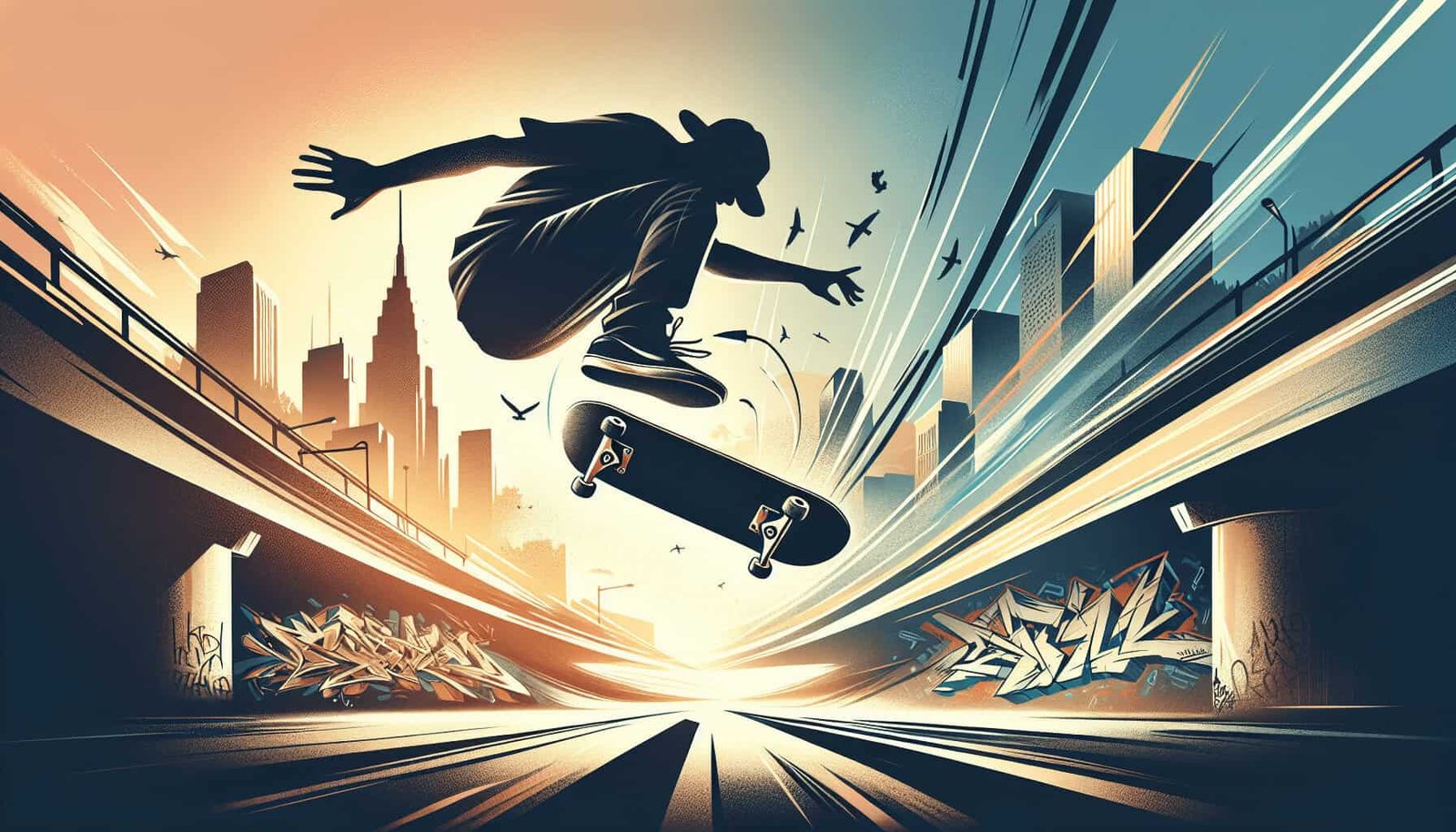So you’re eager to learn how to execute a kickflip and want to avoid common mistakes along the way? Look no further! In this article, we will guide you through the steps to master this impressive skateboarding trick. Whether you’re a beginner or looking to refine your technique, we’ve got you covered. By breaking down the process and highlighting common errors to steer clear of, we’ll have you flipping your board with finesse in no time. Let’s jump right in and get started on your kickflip journey!
Understanding the Kickflip
Definition of a kickflip
A kickflip is a fundamental skateboarding trick that involves flipping the skateboard 360 degrees along its horizontal axis while simultaneously performing a pop and flicking motion with your feet, resulting in the board spinning under your feet before being caught and landed back on. It is a trick that requires both technical skills and precision control.
Anatomy of a kickflip
To better understand the mechanics of a kickflip, let’s break it down into its key components. Firstly, you start with the correct foot placement on the skateboard, utilizing both the front and back foot to execute the necessary movements. The pop, which involves applying pressure to the tail of the skateboard, generates the initial upward motion. The flick, executed by dragging the side of your front foot up and off the edge of the skateboard, creates the rotational spin of the board. Lastly, you must control the board’s flip by moving your feet in sync with the skateboard’s rotation.
Importance of foot placement
Proper foot placement is crucial for successfully executing a kickflip. Your front foot needs to be angled diagonally across the skateboard, with the ball of your foot positioned near the edge of the skateboard’s nose. Your back foot should be placed on the tail of the skateboard, perpendicular to the board, providing stability and control during the trick. Ensuring correct foot placement allows for optimal weight distribution and maximizes the effectiveness of the pop and flick actions.
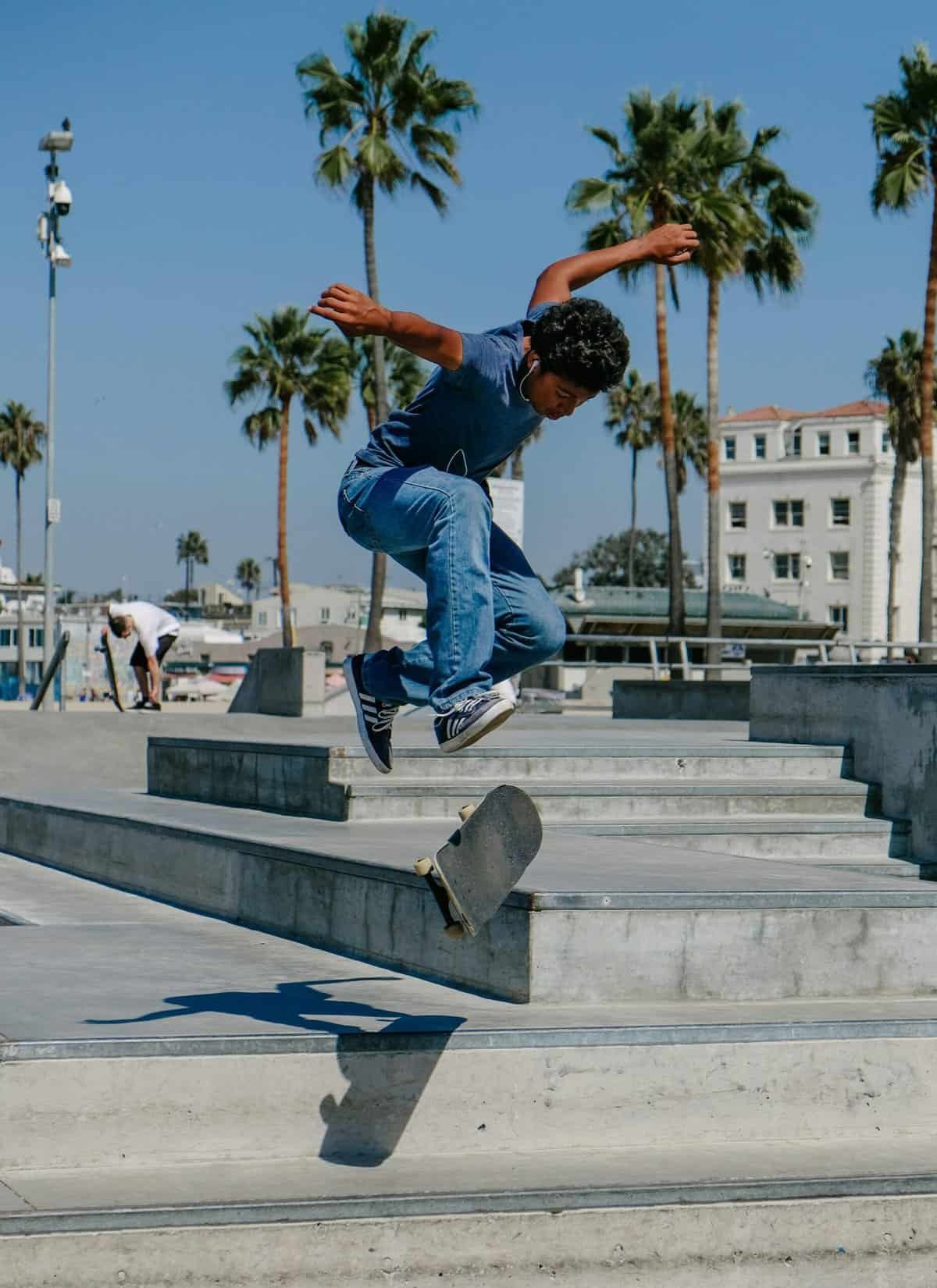
Preparing for the Kickflip
Choosing the right skateboard
Selecting the right skateboard is essential when preparing to execute a kickflip. It is recommended to use a skateboard with a concave shape, which makes it easier to catch the board mid-air during the trick. Additionally, consider the width of the skateboard. A narrower board is generally easier for beginners to flip and control, while a wider board offers more stability but may require more force to execute the kickflip. Experimenting with different skateboard setups can help you find the right balance for your skill level and personal preference.
Wearing proper protective gear
Before attempting a kickflip, it is crucial to prioritize safety by wearing proper protective gear. This includes a helmet to protect your head from potential impacts, knee pads to protect your knees from falls or collisions, and elbow pads to safeguard your elbows. Wearing protective gear significantly reduces the risk of serious injuries and allows you to focus on practicing and improving your kickflip technique with peace of mind.
Finding a suitable practice location
Finding a suitable practice location is important for comfortable and productive kickflip sessions. Look for smooth pavement or a skatepark with a flat and open area. Avoid overcrowded areas to minimize the risk of accidents and distractions. Practicing in a controlled environment allows you to concentrate on perfecting your kickflip technique without worrying about outside factors.
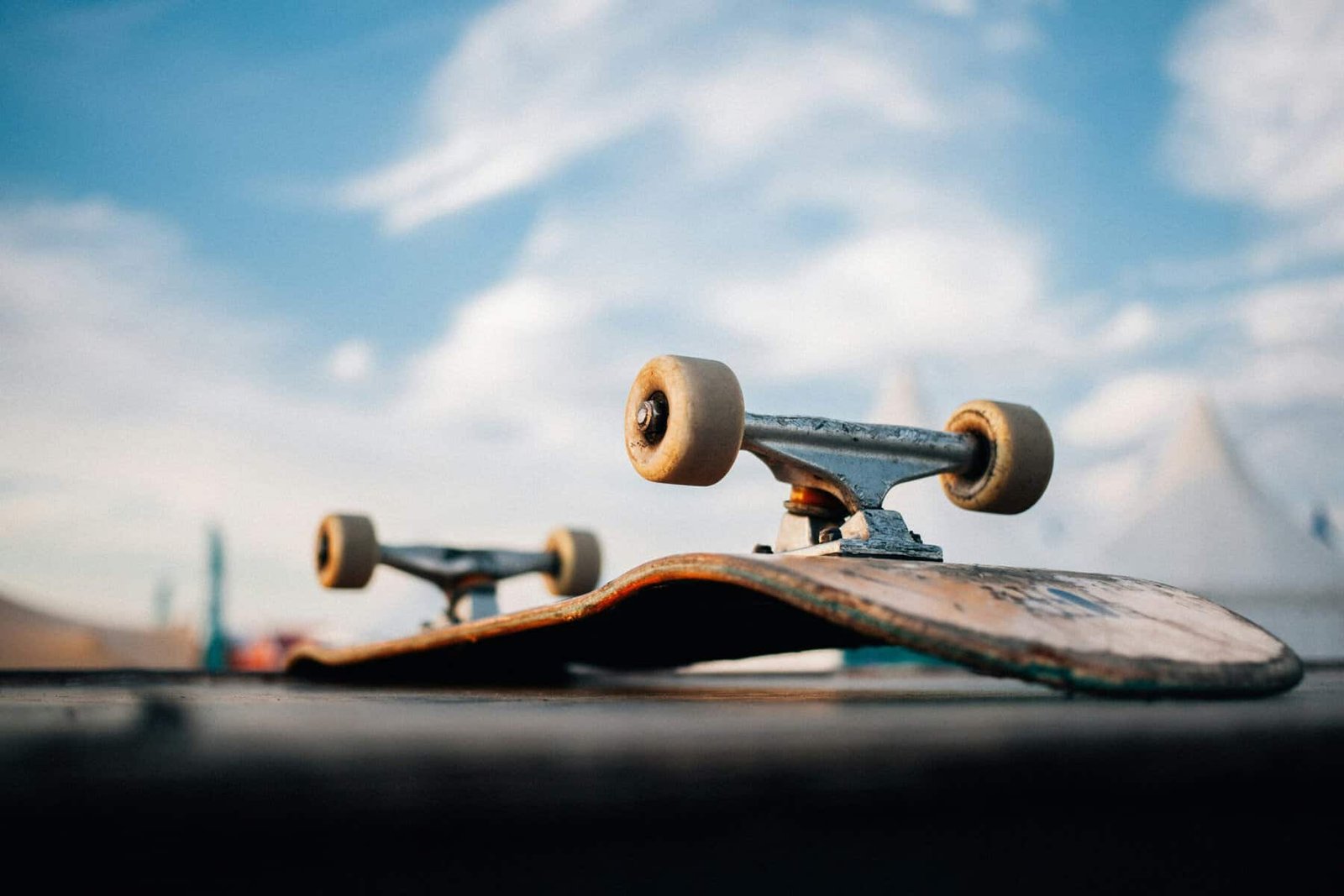
Executing the Kickflip
Starting with the correct stance
Begin by positioning yourself in the correct stance. Place your front foot at a slight angle with the balls of your feet near the edge of the skateboard’s nose. Your back foot should be positioned on the tail of the skateboard, perpendicular to the board. Keep your knees slightly bent, your weight centered, and maintain a relaxed posture. Starting with the correct stance ensures stability and proper weight distribution throughout the trick.
Performing the initial pop
To initiate the kickflip, focus on the initial pop. Push down forcefully with your back foot on the tail of the skateboard, using your ankle and leg muscles to generate upward motion. The more force you apply, the higher the skateboard will pop, providing more time for the trick to be executed. Remember to maintain control and not let the board flip too early or too late during the pop.
Implementing the flicking motion
Simultaneously with the pop, implement the flicking motion by dragging the side of your front foot up and off the edge of the skateboard. The flick should be performed quickly and with precision, as it determines the rotation and flip of the board. Ensure that your front foot flicks diagonally towards the nose of the skateboard, allowing the board to spin in the desired direction. Practice this motion repetitively to develop muscle memory and consistency.
Controlling your board’s flip
As the skateboard starts to flip, it is crucial to control its rotation. Flex your ankle on the front foot to move your toes upwards as the flip occurs. This helps control the speed and angle of the board’s rotation. Additionally, keep your eyes focused on the board to anticipate its position and make any necessary adjustments to catch it.
Catching and landing the kickflip
To catch the kickflip, position your front foot to intercept the board as it completes its rotation. Extend your front foot forward to meet the grip tape, aiming to catch the skateboard with both feet evenly positioned and ready to absorb the impact of landing. As the board is caught, bend your knees to absorb the landing force and maintain balance. Achieving a smooth and controlled landing is crucial for successfully executing a kickflip.
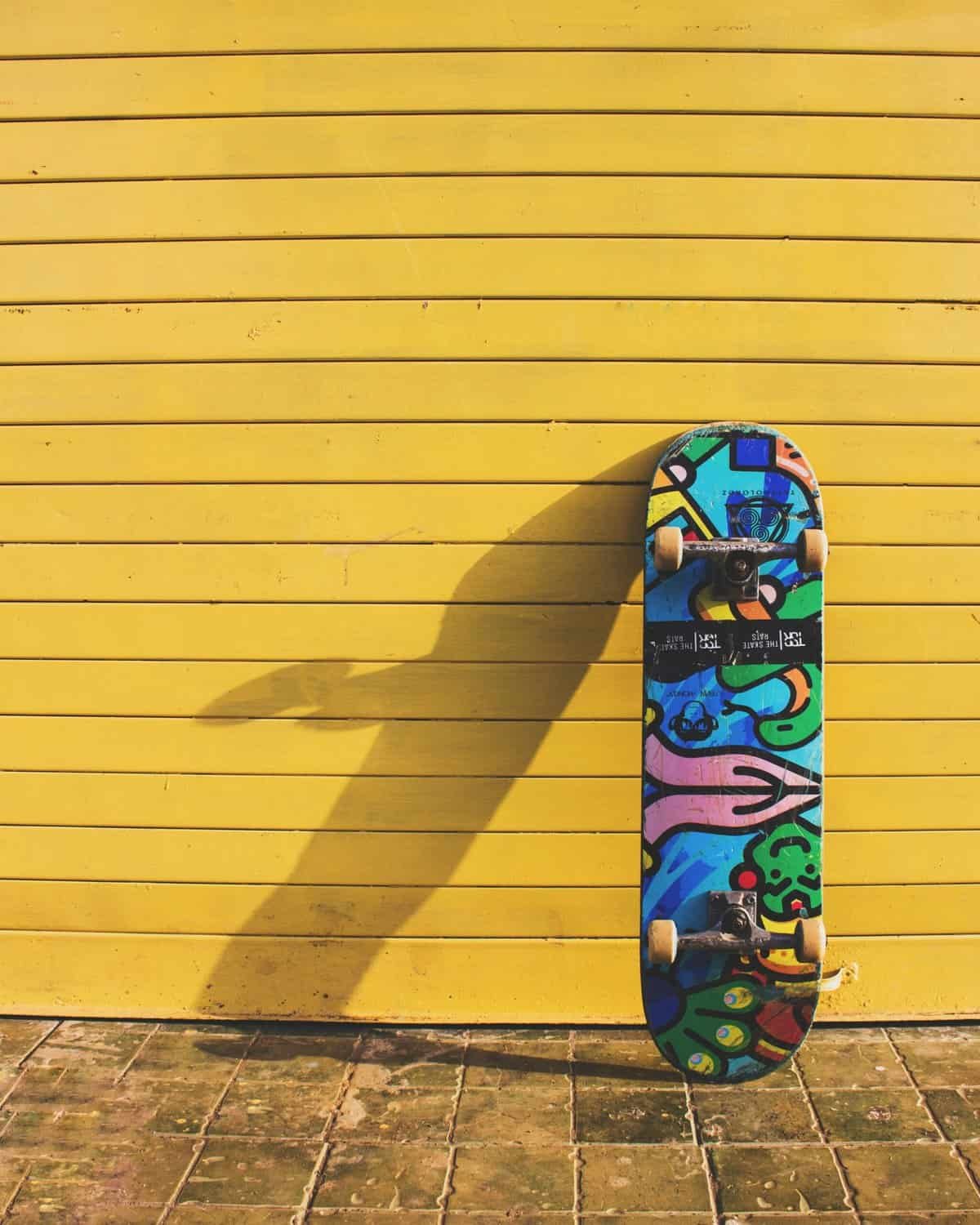
Common Mistakes and Solutions
Insufficient pop or flick
One common mistake when attempting a kickflip is having insufficient pop or flick. If the board does not fully rotate or flip, chances are the pop and flick were not executed with enough force or precision. To overcome this issue, focus on generating a more powerful pop by putting more pressure on the tail of the skateboard and leveraging your leg muscles. Additionally, concentrate on the speed and accuracy of the flicking motion, ensuring proper foot placement and a quick flick.
Inconsistent foot placement
Inconsistent foot placement can also hinder the execution of a kickflip. If your foot positioning varies from attempt to attempt, it can affect the consistency and success rate of the trick. To address this, pay close attention to the positioning of your feet during each kickflip attempt. Be mindful of the angle, placement, and contact point of both your front and back foot. Practicing with intention and maintaining a consistent foot placement will improve the reliability of your kickflips.
Uncontrolled board rotation
When the board flips uncontrollably during a kickflip, it can lead to instability and unsuccessful landings. This issue often arises from inconsistent flicking motion or improper weight distribution. To rectify this problem, concentrate on developing a consistent and precise flicking motion. Focus on dragging your front foot in a diagonal manner and applying the correct amount of pressure to control the board’s rotation. Additionally, ensure your weight is evenly distributed throughout the trick to maintain stability.
Lack of commitment to landing
A common mistake skaters make is lacking commitment when landing the kickflip. This may result in hesitations or bailing out mid-trick, causing unbalanced landings or even falls. To overcome this, build confidence in your kickflip technique by practicing consistently and increasing your comfort level with the trick. Visualize landing the kickflip successfully before attempting it, and maintain a determined mindset throughout the entire trick. Remember, committing to the landing is crucial for achieving a smooth and controlled finish.
Tips to overcome these issues
To overcome common mistakes and improve your kickflip technique, it is essential to practice regularly and focus on staying persistent. Rome wasn’t built in a day, and mastering the kickflip takes time and dedication. Additionally, building strength and balance through exercises and skateboarding itself will enhance your overall control and execution. Utilize helpful learning resources, such as instructional videos or articles that break down the kickflip step by step. Seeking guidance from experienced skaters or joining a skateboarding community can provide valuable tips and feedback to assist you on your journey to mastering the kickflip. As you progress and become more comfortable with the kickflip, consider advancing to more advanced tricks to continue pushing your skateboarding skills to new heights.
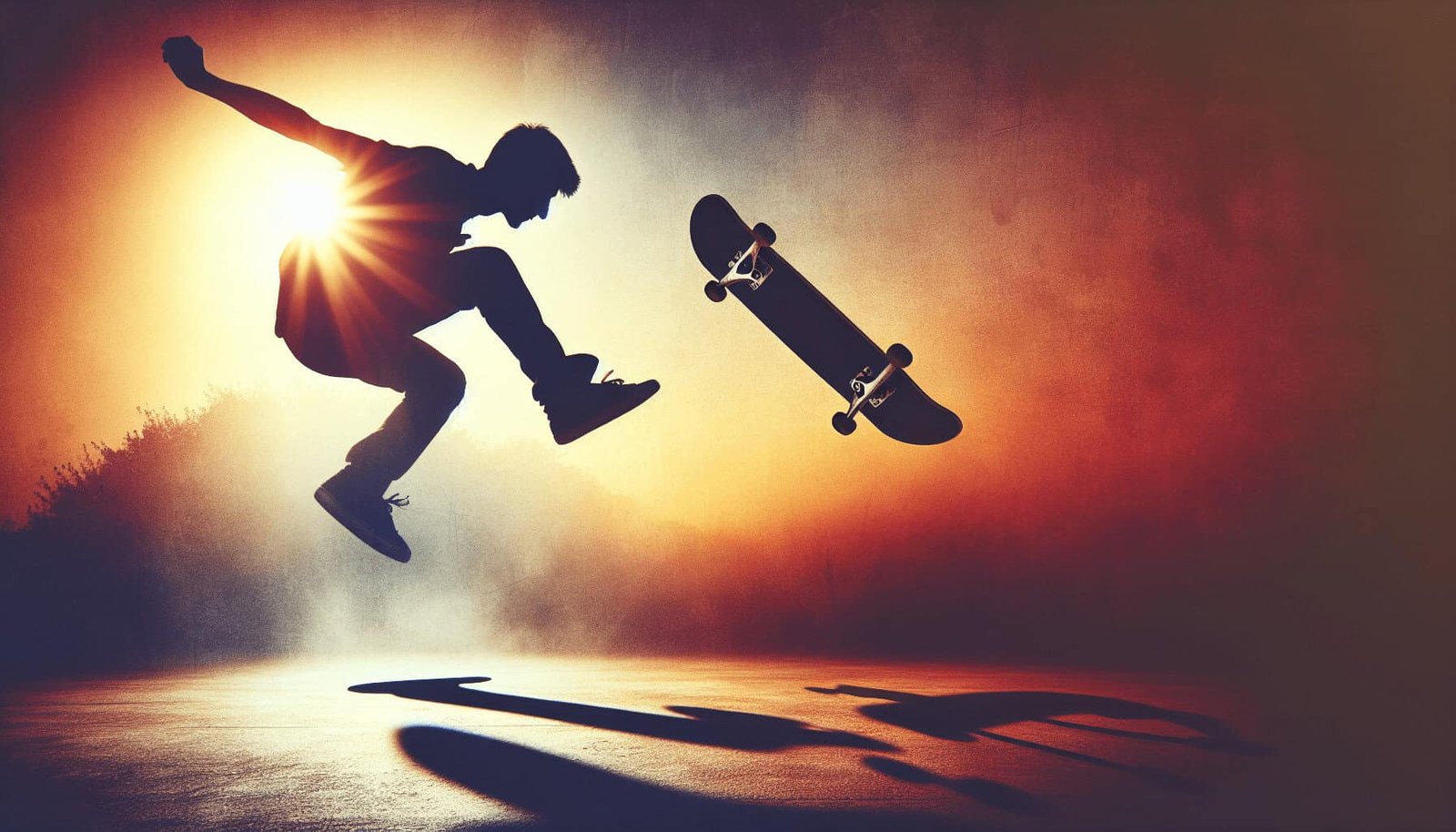
Mastering the Kickflip
Practicing regularly and staying persistent
Mastering the kickflip requires consistent practice and a persistent mindset. Dedicate regular practice sessions solely to kickflips, allowing ample time to perfect your technique and build muscle memory. Repetition is key in skateboarding, and the more you practice, the more comfortable and confident you will become with executing kickflips.
Building strength and balance
Developing core strength and balance is crucial in executing a kickflip effectively. Engaging in exercises that target your leg muscles, such as squats and lunges, can enhance the power and control behind your pops and flicks. Additionally, incorporating balance exercises such as standing on one leg or using a balance board can improve your overall stability while executing the trick.
Utilizing helpful learning resources
Take advantage of the numerous learning resources available to skateboarders, both online and offline. Instructional videos, skateboarding tutorials, and written articles can provide valuable insights and tips on mastering the kickflip. Analyze the techniques of skilled skateboarders and apply their knowledge to your own practice sessions. Remember to break down the trick into smaller, manageable steps and focus on each component until you feel confident and consistent.
Seeking guidance from experienced skaters
If possible, seek guidance from experienced skaters who have mastered the kickflip. Joining a local skateboarding community or finding a mentor can provide you with valuable feedback, tips, and encouragement. Learning from those who have already overcome the challenges you are facing can significantly accelerate your progress and help you avoid common pitfalls.
Progressing to more advanced tricks
Once you have mastered the kickflip, it’s time to challenge yourself and progress to more advanced tricks. By continuously pushing your limits and expanding your trick repertoire, you can continue to grow as a skater. Experiment with variations of the kickflip, such as adding grabs or incorporating it into more complex combinations. Continuously seeking new tricks to learn will keep you motivated and excited about your skateboarding journey.
In conclusion, understanding the mechanics of a kickflip, preparing adequately, and executing the trick with precision can take your skateboarding skills to new heights. By following the proper technique and overcoming common mistakes, you’ll be well on your way to mastering this fundamental trick. Remember to practice regularly, stay persistent, and enjoy the process of improving your kickflip. With dedication and determination, you can progress from a beginner skater to confidently executing kickflips and progressing to more advanced tricks. Happy skateboarding!
